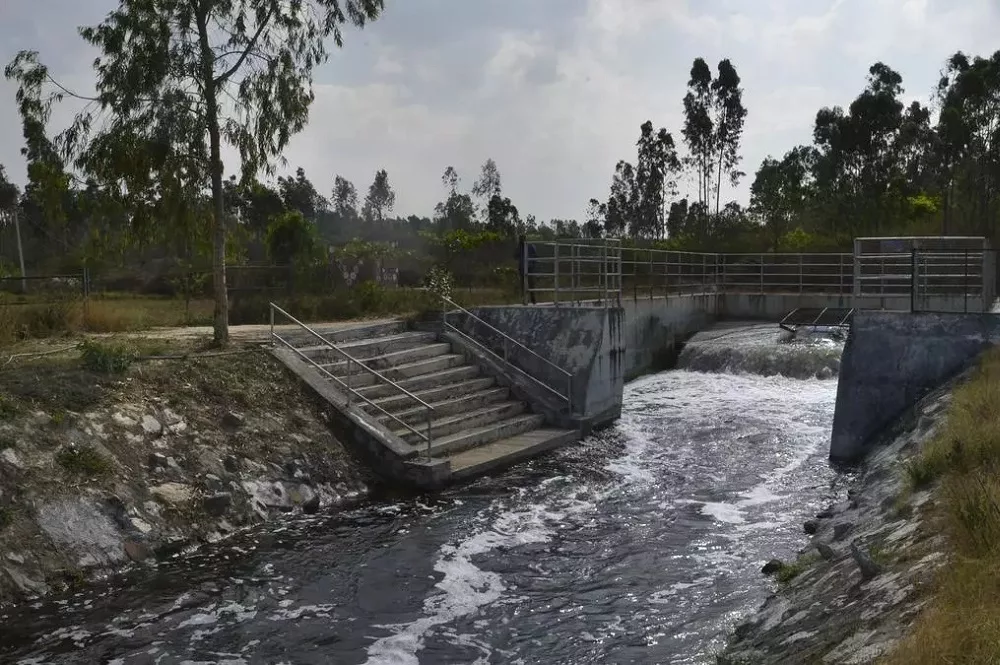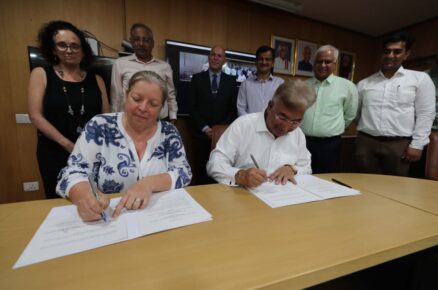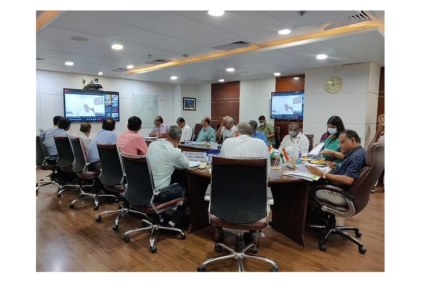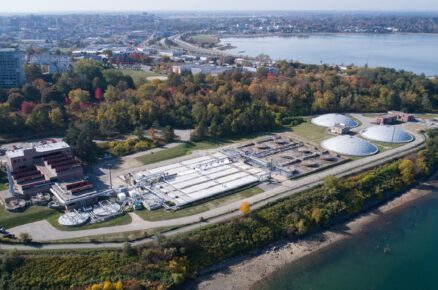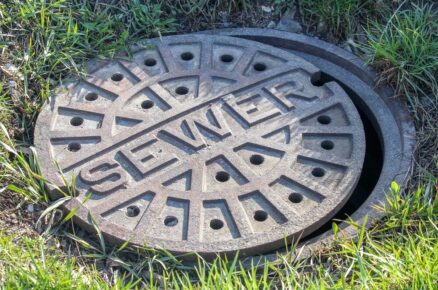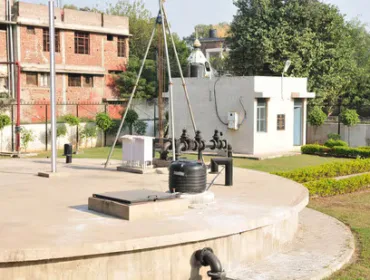The state government has initiated more such projects including Phase II of KC Valley and others like the Hebbal-Nagawara Valley Project, which aims to reuse about 865 million litres of wastewater per day for groundwater recharge.
WD News: Koramangala-Challaghatta (KC) Valley project is meant to treat 440 million litres of sewage water per day and use that to recharge groundwater in the drought-prone districts of Kolar and Chikkaballapur.
It has contributed to making Bengaluru the second largest city in the world, after Mexico, in terms of the quantity of treated wastewater. The city treats 1,200 million litres of sewage water every day. Another success story in this regard is the case of the east Kolkata wetlands, which are irrigated by untreated wastewater from the city.
A recent assessment by the Indian Institute of Science (IISc), Bengaluru, has documented the results of the KC Valley project. The study records its four major positive outcomes: Ten times improvement in daily groundwater recharge rates; an increase in groundwater levels by 58-73 percent; an improvement in groundwater quality; and an improvement in agricultural productivity.
The Karnataka government has initiated more such projects including Phase II of KC Valley and others like the Hebbal-Nagawara Valley Project, which aims to reuse about 865 million litres of wastewater per day for groundwater recharge.
Karnataka’s Minor Irrigation Department and Bangalore Water Supply and Sewerage Board (BWSSB) conceptualised the KC Valley project in 2018. The aim was to recycle Bengaluru’s wastewater at sewage treatment plants in KC Valley and Bellandur and use the treated water to fill up the lakes that had dried up over the years in Kolar and Chikkaballapur.
The project treats wastewater up to the secondary level and then pumps it to 137 tanks that are specifically identified for groundwater recharge. Primary treatment refers to the removal of floating particles like plastics and paper; secondary treatment entails the removal of dissolved organic matter by using bacteria; and tertiary treatment involves making the water fit for drinking. Additional filtration also takes place naturally in the tanks. At Kolar, the sandy and loamy soil further treats the wastewater, as do soil bacteria.
Thus, the KC Valley project shows a way forward in tackling the water crisis in drought-prone areas by using wastewater to recharge groundwater levels.
Source & image courtesy: Frontline / The Hindu / Bhagya Prakash K
https://tinyurl.com/dzxfs3ey




